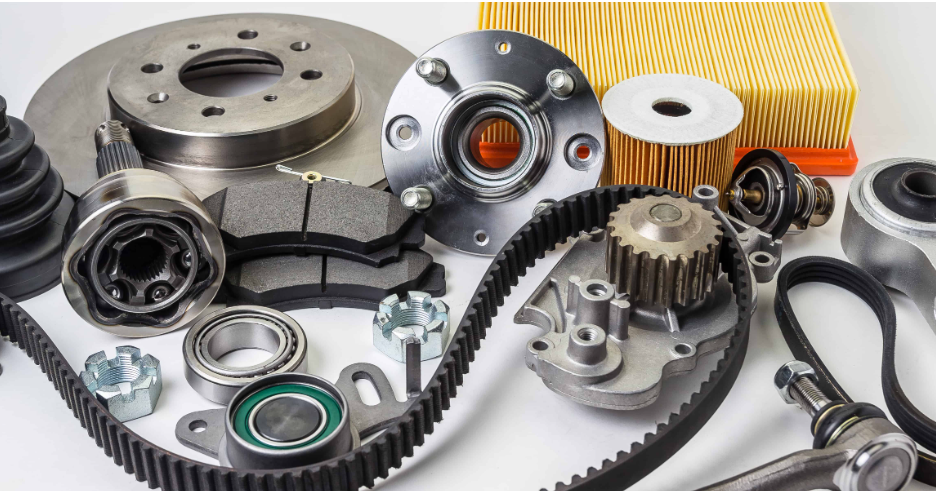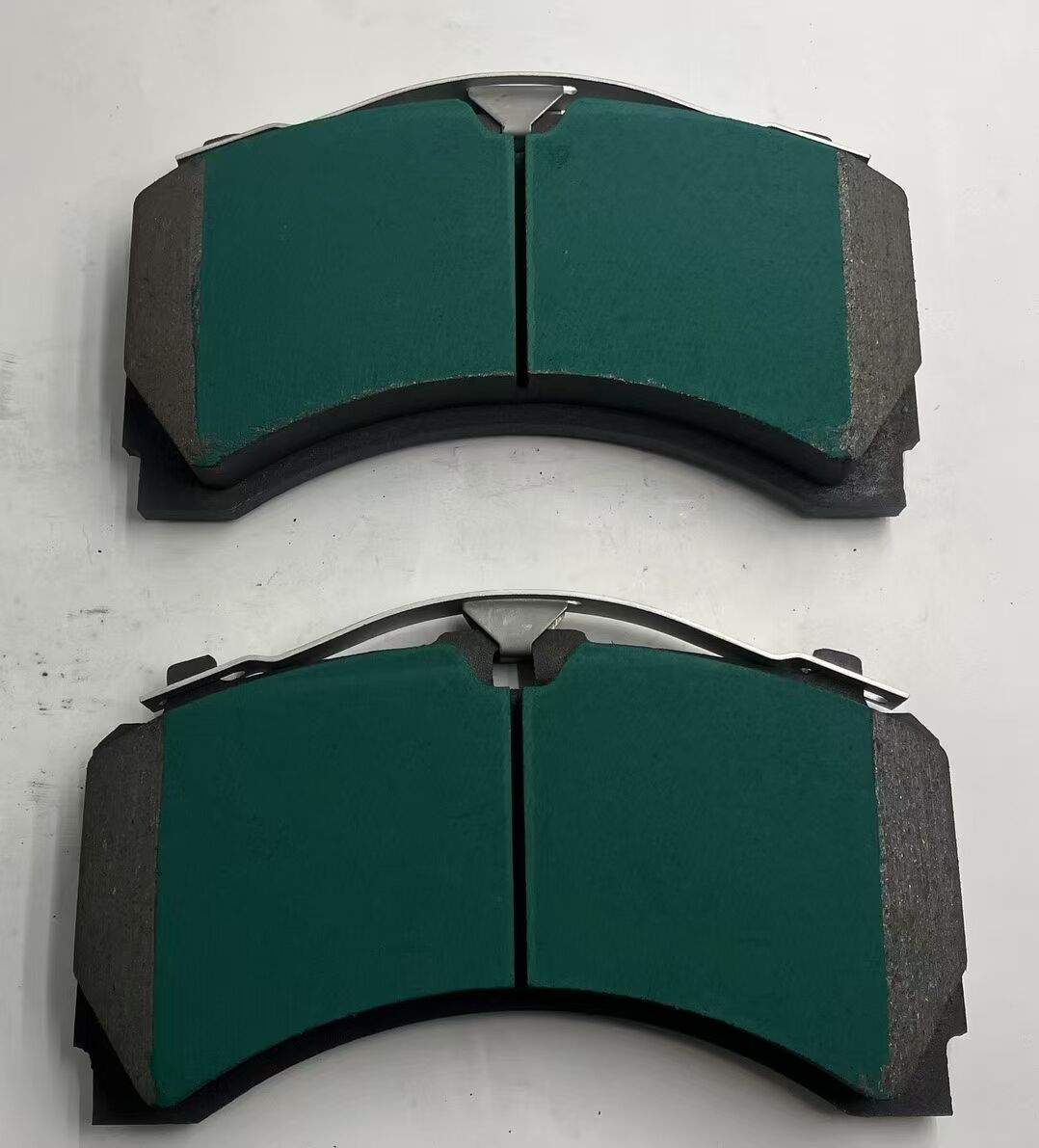
Determining when to replace brake lining is crucial for vehicle safety, and Hebei Chengen Huanbao Technology Co., Ltd., a specialist in automotive brake components, can provide valuable guidance. One of the primary indicators is the thickness of the brake lining. Most vehicle manufacturers specify a minimum thickness, typically around 2 - 3 millimeters. Using a brake caliper or a specialized thickness gauge, regularly measure the thickness of the brake lining. When it approaches this minimum limit, it's time for replacement. Another sign is abnormal noise. Squeaking, grinding, or metallic scraping sounds during braking often indicate that the brake lining has worn down to the point where the backing plate is making contact with the brake disc or drum. This not only causes damage to other braking components but also significantly reduces braking efficiency. Additionally, if the vehicle exhibits longer stopping distances, uneven braking, or vibrations during braking, it could be a sign of worn - out brake lining. These issues can compromise the safety of the vehicle and its occupants. Regular visual inspections are also recommended. Look for signs of uneven wear, cracks, or excessive glazing on the brake lining surface. Glazing, which appears as a shiny, smooth layer, reduces the friction between the brake lining and the braking surface, leading to poor braking performance. By being vigilant about these indicators and replacing the brake lining in a timely manner, vehicle owners can ensure the optimal performance and safety of their braking systems, whether using brake lining products from Hebei Chengen Huanbao Technology Co., Ltd. or other sources.
